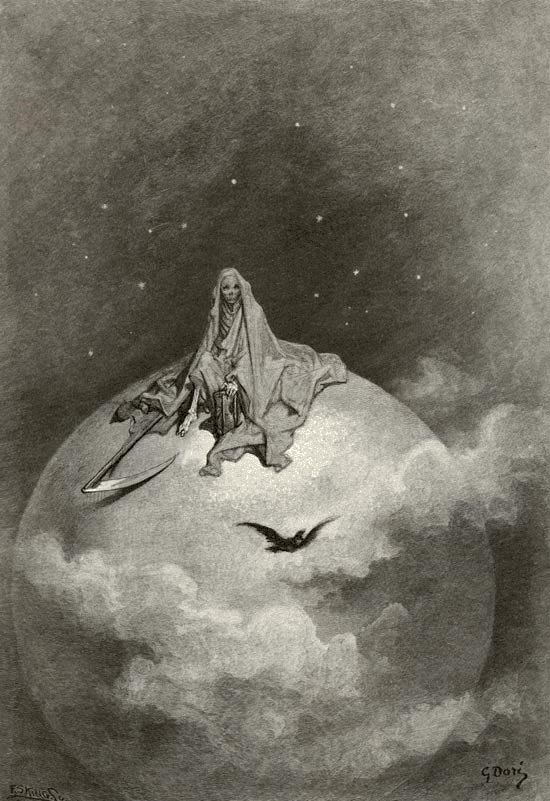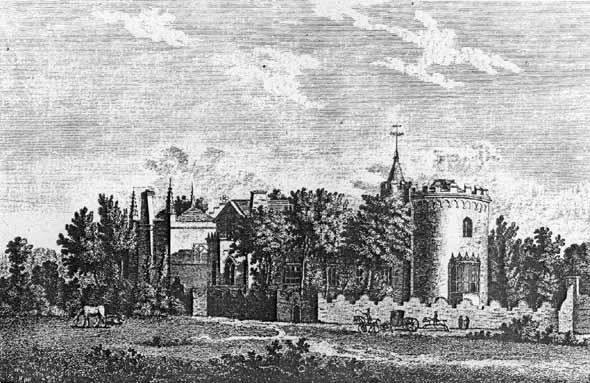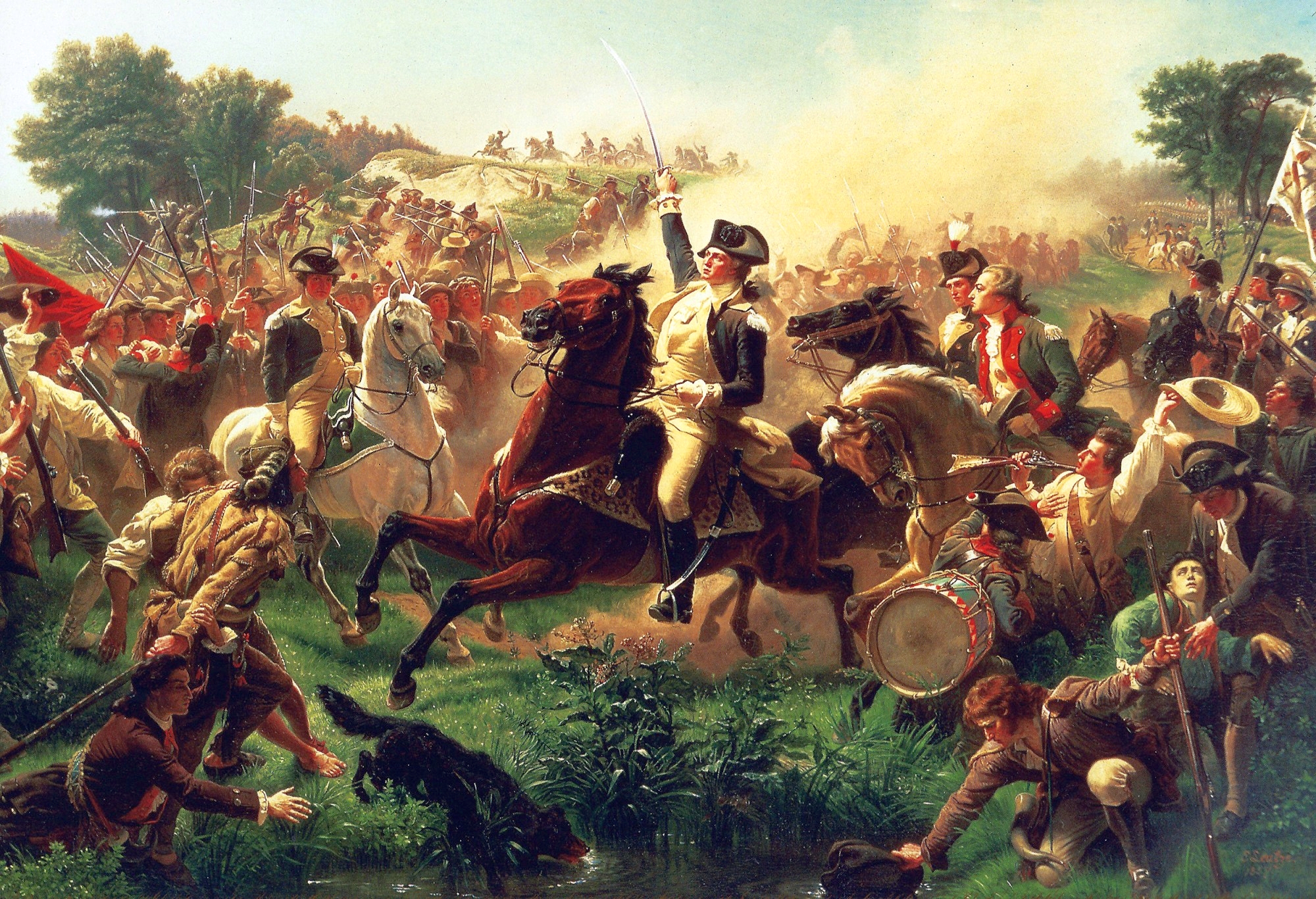|
The Old English Baron
''The Old English Baron'' is an early Gothic novel by the English author Clara Reeve. It was first published under this title in 1778, although it had anonymously appeared in 1777 under its original name of ''The Champion of Virtue'', before Samuel Richardson's daughter, Mrs Bridgen, had edited it for her. Apart from typographical errors, the revision was trifling. Background Reeve noted in the 1778 preface that "This Story is the literary offspring of ''The Castle of Otranto'', written upon the same plan, with a design to unite the most attractive and interesting circumstances of the ancient Romance and modern Novel, at the same time it assumes a character and manner of its own, that differs from both; it is distinguished by the appellation of a Gothic Story, being a picture of Gothic times and manners." In other words, Reeve set out to take Walpole's plot and adapt it to the demands of the time by balancing fantastic elements with 18th-century realism. [...More Info...] [...Related Items...] OR: [Wikipedia] [Google] [Baidu] |
Clara Reeve
Clara Reeve (23 January 1729 – 3 December 1807) was an English novelist best known for the Gothic novel '' The Old English Baron'' (1777). She also wrote an innovative history of prose fiction, ''The Progress of Romance'' (1785). Her first work was a translation from Latin, then an unusual language for a woman to learn. Biography Early life Clara Reeve was born in Ipswich, one of the eight children of Reverend William Reeve MA, Rector of Freston and of Kirton, Suffolk, and perpetual curate of St Nicholas, Ipswich. Her mother was the daughter of William Smithies, a goldsmith and jeweller to King George I. Vice-Admiral Samuel Reeve (c. 1733–1803) was her brother. Reeve described her father and her early life in a letter to a friend: Career After the death of her father in 1755, Reeve lived for a time with her mother and sisters in Colchester, then moved into her own house in Ipswich. There her first piece of authorship was a translation from Latin of the historical allego ... [...More Info...] [...Related Items...] OR: [Wikipedia] [Google] [Baidu] |
Horror Fiction
Horror is a genre of fiction which is intended to frighten, scare, or disgust. Horror is often divided into the sub-genres of psychological horror and supernatural horror, which is in the realm of speculative fiction. Literary historian J. A. Cuddon, in 1984, defined the horror story as "a piece of fiction in prose of variable length... which shocks, or even frightens the reader, or perhaps induces a feeling of repulsion or loathing". Horror intends to create an eerie and frightening atmosphere for the reader. Often the central menace of a work of horror fiction can be interpreted as a metaphor for larger fears of a society. Prevalent elements of the genre include ghosts, demons, vampires, werewolves, ghouls, the Devil, witches, monsters, extraterrestrials, dystopian and post-apocalyptic worlds, serial killers, cannibalism, cults, dark magic, satanism, the macabre, gore and torture. History Before 1000 The horror genre has ancient origins, with roots in folk ... [...More Info...] [...Related Items...] OR: [Wikipedia] [Google] [Baidu] |
Mystery Fiction
Mystery is a fiction genre where the nature of an event, usually a murder or other crime, remains mysterious until the end of the story. Often within a closed circle of suspects, each suspect is usually provided with a credible motive and a reasonable opportunity for committing the crime. The central character is often a detective (such as Sherlock Holmes), who eventually solves the mystery by logical deduction from facts presented to the reader. Some mystery books are non-fiction. Mystery fiction can be detective stories in which the emphasis is on the puzzle or suspense element and its logical solution such as a whodunit. Mystery fiction can be contrasted with hardboiled detective stories, which focus on action and gritty realism. Mystery fiction can involve a supernatural mystery in which the solution does not have to be logical and even in which there is no crime involved. This usage was common in the pulp magazines of the 1930s and 1940s, whose titles such as ''Dime ... [...More Info...] [...Related Items...] OR: [Wikipedia] [Google] [Baidu] |
Ghost Story
A ghost story is any piece of fiction, or drama, that includes a ghost, or simply takes as a premise the possibility of ghosts or characters' belief in them."Ghost Stories" in Margaret Drabble (ed.), ''Oxford Companion to English Literature''. Oxford, Oxford University Press, 2006. (p. 404-5). The "ghost" may appear of its own accord or be summoned by magic. Linked to the ghost is the idea of a "haunting", where a supernatural entity is tied to a place, object or person. Ghost stories are commonly examples of ghostlore. Colloquially, the term "ghost story" can refer to any kind of scary story. In a narrower sense, the ghost story has been developed as a short story format, within genre fiction. It is a form of supernatural fiction and specifically of weird fiction, and is often a horror story. While ghost stories are often explicitly meant to scare, they have been written to serve all sorts of purposes, from comedy to morality tales. Ghosts often appear in the narrative ... [...More Info...] [...Related Items...] OR: [Wikipedia] [Google] [Baidu] |
Gothic Fiction
Gothic fiction, sometimes called Gothic horror in the 20th century, is a loose literary aesthetic of fear and haunting. The name is a reference to Gothic architecture of the European Middle Ages, which was characteristic of the settings of early Gothic novels. The first work to call itself Gothic was Horace Walpole's 1764 novel '' The Castle of Otranto'', later subtitled "A Gothic Story". Subsequent 18th century contributors included Clara Reeve, Ann Radcliffe, William Thomas Beckford, and Matthew Lewis. The Gothic influence continued into the early 19th century, works by the Romantic poets, and novelists such as Mary Shelley, Charles Maturin, Walter Scott and E. T. A. Hoffmann frequently drew upon gothic motifs in their works. The early Victorian period continued the use of gothic, in novels by Charles Dickens and the Brontë sisters, as well as works by the American writers Edgar Allan Poe and Nathaniel Hawthorne. Later prominent works were ''Dracula'' by ... [...More Info...] [...Related Items...] OR: [Wikipedia] [Google] [Baidu] |
Samuel Richardson
Samuel Richardson (baptised 19 August 1689 – 4 July 1761) was an English writer and printer known for three epistolary novels: '' Pamela; or, Virtue Rewarded'' (1740), '' Clarissa: Or the History of a Young Lady'' (1748) and ''The History of Sir Charles Grandison'' (1753). He printed almost 500 works, including journals and magazines, working periodically with the London bookseller Andrew Millar. Richardson had been apprenticed to a printer, whose daughter he eventually married. He lost her along with their six children, but remarried and had six more children, of which four daughters reached adulthood, leaving no male heirs to continue the print shop. As it ran down, he wrote his first novel at the age of 51 and joined the admired writers of his day. Leading acquaintances included Samuel Johnson and Sarah Fielding, the physician and Behmenist George Cheyne, and the theologian and writer William Law, whose books he printed. At Law's request, Richardson printed some poem ... [...More Info...] [...Related Items...] OR: [Wikipedia] [Google] [Baidu] |
The Castle Of Otranto
''The Castle of Otranto'' is a novel by Horace Walpole. First published in 1764, it is generally regarded as the first gothic novel. In the second edition, Walpole applied the word 'Gothic' to the novel in the subtitle – ''A Gothic Story''. Set in a haunted castle, the novel merged medievalism and terror in a style that has endured ever since. The aesthetic of the book has shaped modern-day gothic books, films, art, music, and the goth subculture. Walpole was inspired to write the story after a nightmare he had at his Gothic Revival home, Strawberry Hill House, in southwest London. The novel initiated a literary genre that would become extremely popular in the later 18th and early 19th century, with authors such as Clara Reeve, Ann Radcliffe, William Thomas Beckford, Matthew Lewis, Mary Shelley, Bram Stoker, Edgar Allan Poe, Robert Louis Stevenson and George du Maurier. History ''The Castle of Otranto'' was written in 1764 during Horace Walpole's tenure as MP for King's ... [...More Info...] [...Related Items...] OR: [Wikipedia] [Google] [Baidu] |
Lacuna (manuscripts)
A lacuna ( lacunae or lacunas) is a gap in a manuscript, inscription, text, painting, or musical work. A manuscript, text, or section suffering from gaps is said to be "lacunose" or "lacunulose". Weathering, decay, and other damage to old manuscripts or inscriptions are often responsible for lacunae - words, sentences, or whole passages that are missing or illegible. Palimpsests are particularly vulnerable. To reconstruct the original text, the context must be considered. In papyrology and textual criticism, this may lead to competing reconstructions and interpretations. Published texts that contain lacunae often mark the section where text is missing with a bracketed ellipsis. For example, "This sentence contains 20 words, and ..nouns," or, "Finally, the army arrived at ..and made camp." Notable examples See also * Unfinished work * Leiden Conventions The Leiden Conventions or Leiden system is an established set of rules, symbols, and brackets used to indicat ... [...More Info...] [...Related Items...] OR: [Wikipedia] [Google] [Baidu] |
Internet Archive
The Internet Archive is an American digital library with the stated mission of "universal access to all knowledge". It provides free public access to collections of digitized materials, including websites, software applications/games, music, movies/videos, moving images, and millions of books. In addition to its archiving function, the Archive is an activist organization, advocating a free and open Internet. , the Internet Archive holds over 35 million books and texts, 8.5 million movies, videos and TV shows, 894 thousand software programs, 14 million audio files, 4.4 million images, 2.4 million TV clips, 241 thousand concerts, and over 734 billion web pages in the Wayback Machine. The Internet Archive allows the public to upload and download digital material to its data cluster, but the bulk of its data is collected automatically by its web crawlers, which work to preserve as much of the public web as possible. Its web archive, the Wayback Machine, contains hundreds of b ... [...More Info...] [...Related Items...] OR: [Wikipedia] [Google] [Baidu] |
1778 Novels
Events January–March * January 18 – Third voyage of James Cook: Captain James Cook, with ships HMS ''Resolution'' and HMS ''Discovery'', first views Oahu then Kauai in the Hawaiian Islands of the Pacific Ocean, which he names the ''Sandwich Islands''. * February 5 – ** South Carolina becomes the first state to ratify the Articles of Confederation. ** **General John Cadwalader shoots and seriously wounds Major General Thomas Conway in a duel after a dispute between the two officers over Conway's continued criticism of General George Washington's leadership of the Continental Army.''Harper's Encyclopaedia of United States History from 458 A. D. to 1909'', ed. by Benson John Lossing and, Woodrow Wilson (Harper & Brothers, 1910) p166 * February 6 – American Revolutionary War – In Paris, the Treaty of Alliance and the Treaty of Amity and Commerce are signed by the United States and France, signaling official French recognition of the n ... [...More Info...] [...Related Items...] OR: [Wikipedia] [Google] [Baidu] |
18th-century British Novels
The 18th century lasted from January 1, 1701 ( MDCCI) to December 31, 1800 ( MDCCC). During the 18th century, elements of Enlightenment thinking culminated in the American, French, and Haitian Revolutions. During the century, slave trading and human trafficking expanded across the shores of the Atlantic, while declining in Russia, China, and Korea. Revolutions began to challenge the legitimacy of monarchical and aristocratic power structures, including the structures and beliefs that supported slavery. The Industrial Revolution began during mid-century, leading to radical changes in human society and the environment. Western historians have occasionally defined the 18th century otherwise for the purposes of their work. For example, the "short" 18th century may be defined as 1715–1789, denoting the period of time between the death of Louis XIV of France and the start of the French Revolution, with an emphasis on directly interconnected events. To historians who exp ... [...More Info...] [...Related Items...] OR: [Wikipedia] [Google] [Baidu] |
Works Published Anonymously
Works may refer to: People * Caddy Works (1896–1982), American college sports coach * Samuel Works (c. 1781–1868), New York politician Albums * '' ''Works'' (Pink Floyd album)'', a Pink Floyd album from 1983 * ''Works'', a Gary Burton album from 1972 * ''Works'', a Status Quo album from 1983 * ''Works'', a John Abercrombie album from 1991 * ''Works'', a Pat Metheny album from 1994 * ''Works'', an Alan Parson Project album from 2002 * ''Works Volume 1'', a 1977 Emerson, Lake & Palmer album * ''Works Volume 2'', a 1977 Emerson, Lake & Palmer album * '' The Works'', a 1984 Queen album Other uses * Microsoft Works, a collection of office productivity programs created by Microsoft * IBM Works, an office suite for the IBM OS/2 operating system * Mount Works Mount Works () is a mountain, 1,780 m tall, rising just west of Horne Glacier and 2 nautical miles (3.7 km) southwest of Pilon Peak in the Everett Range, Concord Mountains Antarctica. Mapped by United State ... [...More Info...] [...Related Items...] OR: [Wikipedia] [Google] [Baidu] |




.jpg)


